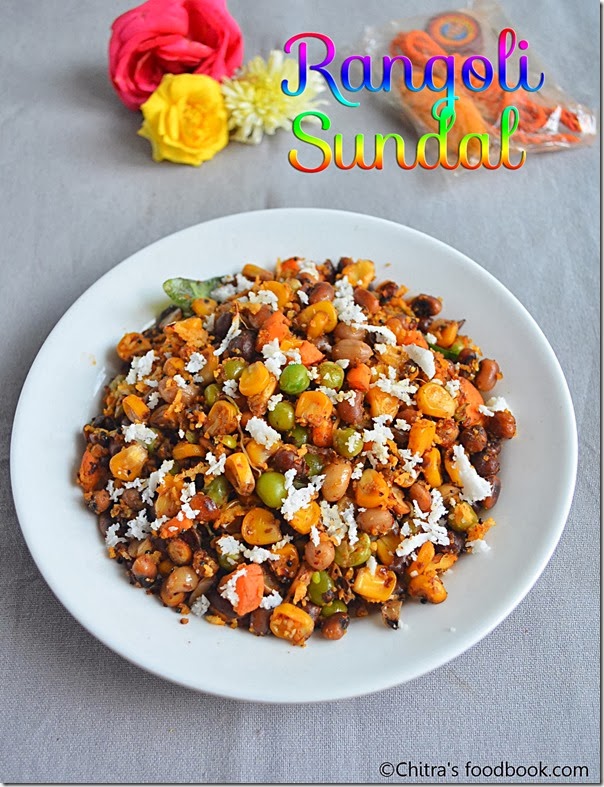Making a perfect Kovil puliyodharai / Temple style tamarind rice must be the dream for many. Me too not an exception. Whenever we visit temples, I never forget to buy a pack of tamarind rice from temple’s prasadam stall. Sometimes my FIL buys an extra packet of puli sadam just for me. I love the flavor of puli sadham packed in banana leaf or served in donnai (hand pressed plantain leaf bowls). I have always wanted to recreate that taste in my kitchen and tried so many recipes titled temple style puliodharai but never satisfied with the result.
Recently I tried this kovil puliyodharai recipe from Royal Dakshin YouTube channel and was so happy with the outcome. I altered the quantity of ingredients as per my requirement and tried it. It tasted so close to the puli sadam served in Tamil nadu temples. I have tasted this kind of puliodharai in perumal koil madapalli and some other temples near Trichy, Kumbakonam. But one thing I observed is, this recipe needs some standing time for all the taste and flavor to blend well. Also if you store this tamarind rice in a bowl lined with banana leaf, it tastes exactly like kovil puliyodharai.
Friends, do try this Tamilnadu temple style tamarind rice during this festival month and share your feedback with me. Lets see the making with step by step pictures and video !

Try this easy, yummy, Kovil puliyodharai recipe and share your feedback with me.
Temple style puliodharai / Kovil puliyodharai recipe

Tamil nadu temple style puliyodharai recipe with stepwise pictures.
Cuisine: South Indian
Category: Main course
Serves: 4
Prep time: 10 Minutes
Cook time: 20 Minutes
Total time: 30 Minutes
INGREDIENTS
For Pulikachal Paste
|
HOW TO MAKE KOVIL PULIYODHARAI
- Heat a kadai and dry roast all the ingredients given under “For spice powder”.
- Cool down and grind to a fine powder. Set aside.
- Heat oil the kadai and splutter mustard seeds, urad dal, chana dal, red chilli, roasted peanuts, curry leaves and hing.
- Add 1.5 cups of tamarind extract, required salt, turmeric powder, chilli powder, jaggery.
- Let it roll boil till oil floats on top and becomes semi thick paste.
- Lastly add 2 tsp of ground puliyodharai spice powder and boil for a minute.
- It thickens more and leaves oil on sides. Switch off the flame. Cool down and store in a box.
- Pulikachal paste is ready. You can refrigerate and use up to 2 weeks. Store the remaining spice powder in an air tight box.
- To make Kovil puliyodharai, wash and pressure cook one cup of raw rice adding 2 cups of water and few drops of gingely oil.
- Spread the rice in a plate, cool down. Add the required tamarind rice paste and the spice powder. Mix well.Check for taste, add more if needed.
- Add little gingely oil, mix gently. Garnish with chopped curry leaves and cover the bowl with a banana leaf.
- Give a standing time of one or two hours. Serve and enjoy !
METHOD - STEP BY STEP PICTURES
Note
|
Try this easy, yummy, Kovil puliyodharai recipe and share your feedback with me.
Technorati Tags: kovil puliyodharai,kovil puliyodharai recipe,temple style puliyodharai,temple puliyodharai,koil puliyodharai,temple style tamarind rice,how to make temple style tamarind rice,tamarind rice recipe,how to make kovil puliyodharai


























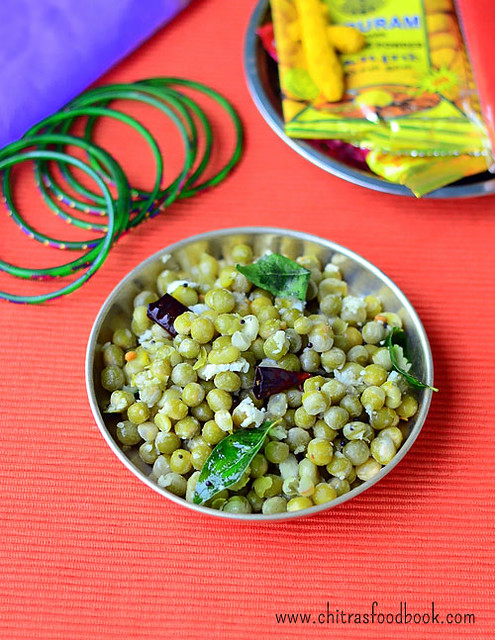
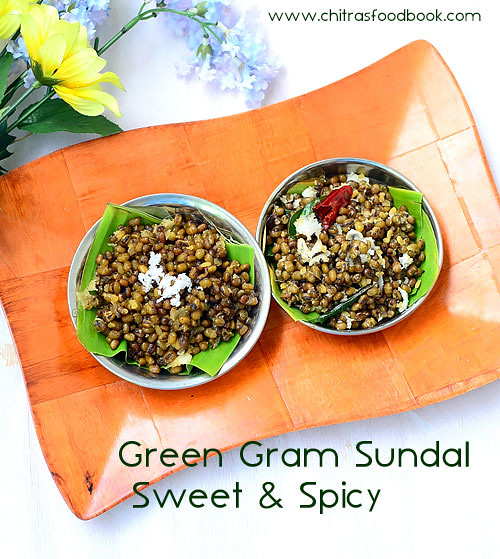
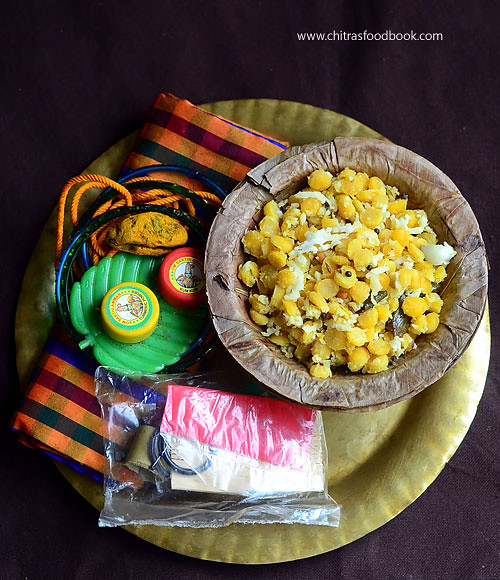

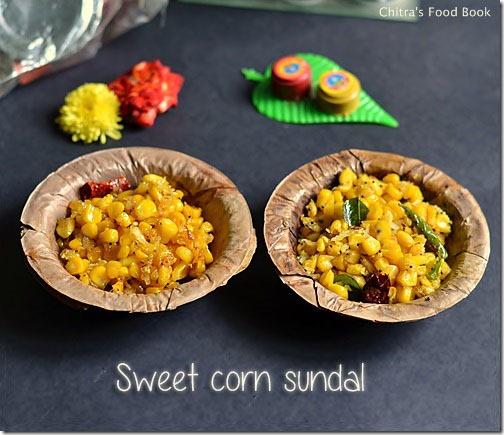

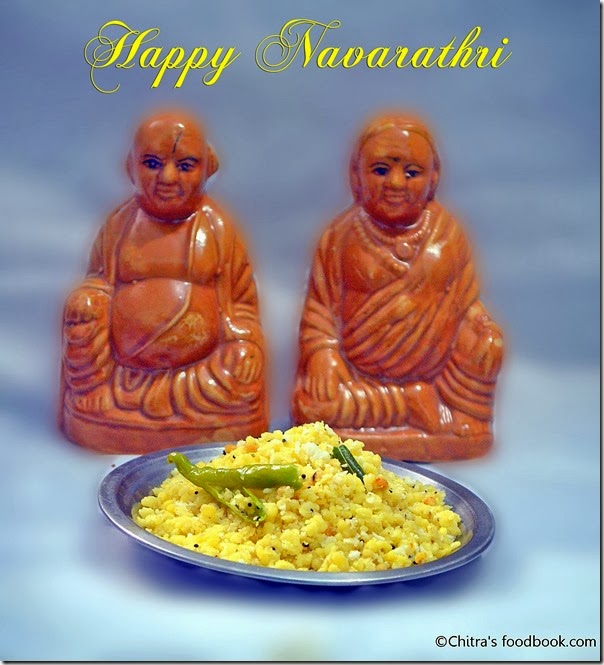
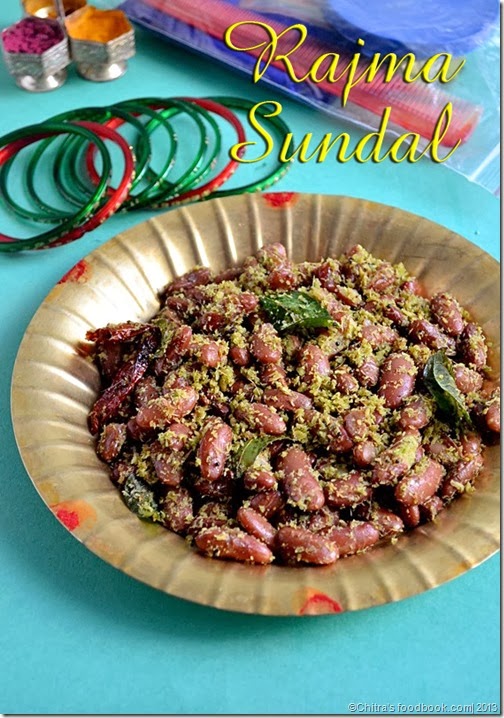
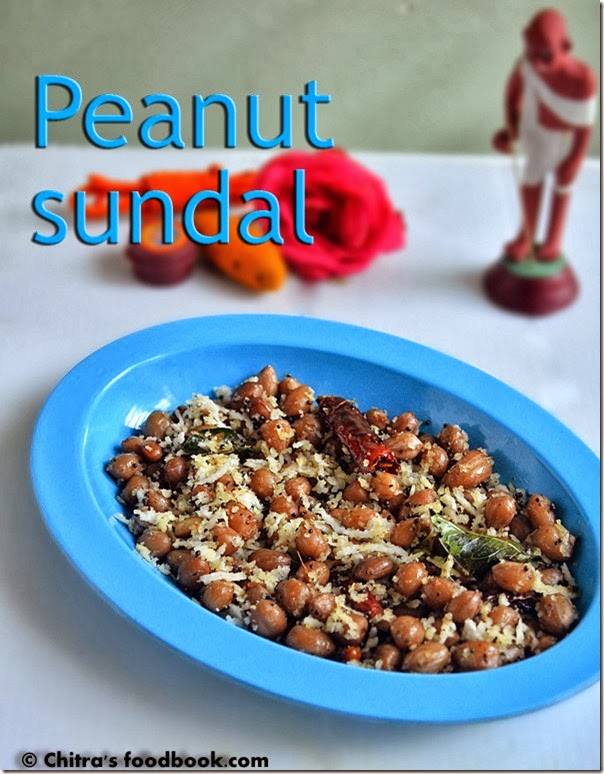
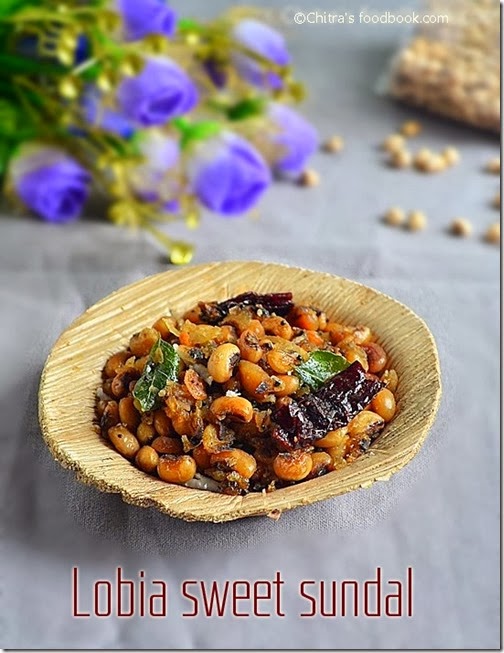
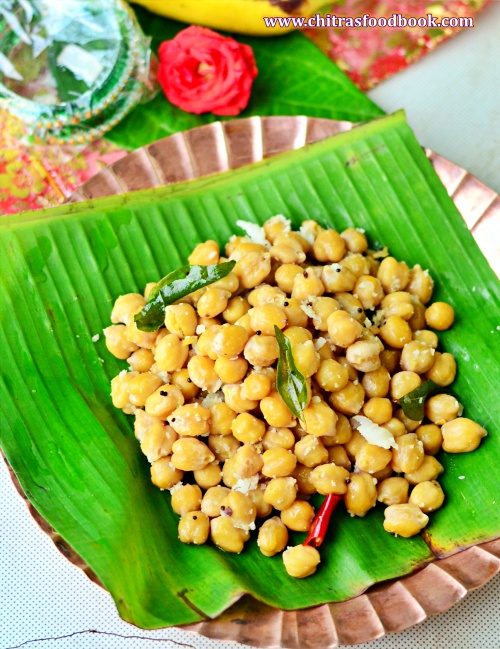
.jpg)
